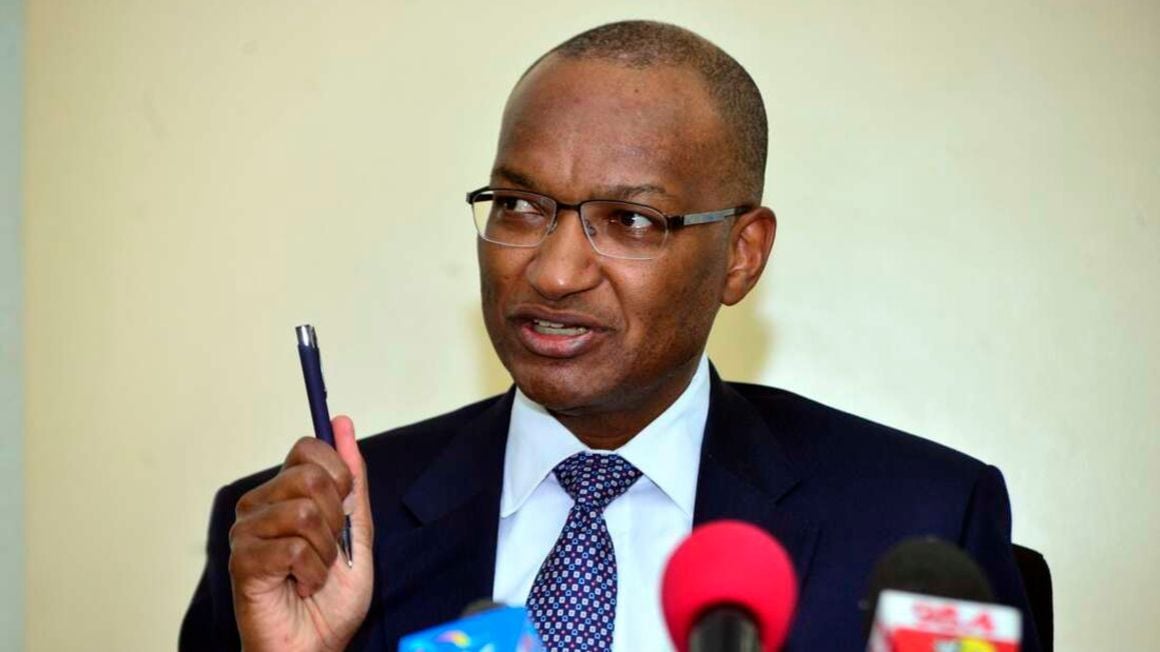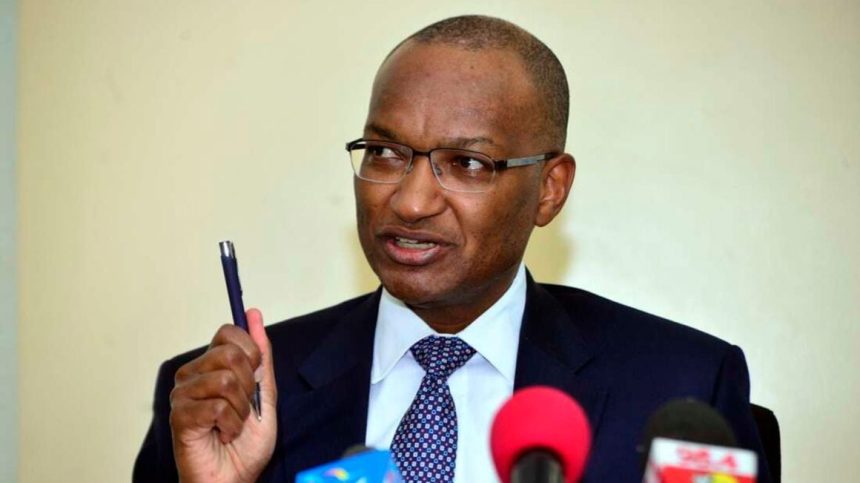The outgoing Central Bank of Kenya (CBK) governor Patrick Njoroge has differed with Kamau Thugge, who has been nominated to succeed him, on the potential issuance of a local dollar-denominated bond to stop the free fall of the shilling, terming it a ‘slippery slope’.
Dr Njoroge says the proposal is based on the misplaced context that there exists a pool of idle foreign currency deposits in commercial banks.
Saying the cons of issuing a Kenyan dollar bond would surpass the pros, Dr Njoroge warned the issuance would disenfranchise retail investors while escalating the chances for the entrenchment of dollarisation in the economy.
“It is very hard to think of how the government would mop up small deposits from retail investors, say with Sh1,000 each through a foreign currency issued bond. This would also end up fanning the flames of dollarisation in the economy and you can think of the effect this has had in other economies. I think it’s a slippery slope and in terms of the benefits, I’m questioning the benefits of it,” Dr Njoroge said.
He has tied the growing value of foreign currency deposits to increased regional operations by local banks with the commercial banks also mobilising new funding from external borrowing in recent years.
“A local dollar-denominated bond issuance would not mop up any excess dollars as there are none. The bond would only be beneficial to the extent that it would attract new dollars from the rest of the world. We (however already) do this when we issue a Eurobond which is bought mainly by non-resident investors,” Dr Njoroge said on Wednesday.
In his vetting in Parliament on Tuesday, Dr Thugge said he would work with the National Treasury to issue a local dollar-denominated bond with the view of easing pressure on the shilling by unlocking dollars from bank vaults.

“If we can get Kenyans holding dollars in deposit accounts to release them by buying into the bond, then we will have the possibility of increasing the liquidity of dollars in the system and this will help us in building up foreign exchange reserves at the CBK,” he stated.
The outgoing governor has, nevertheless, argued a lot of considerations must be put in place before opting for a foreign-currency local bond, warning the move isn’t a sure-fire solution to reversing the sharp depreciation of the local currency.
While likening desired change in the forex market to a marathon, Dr Njoroge noted that reforms aimed at putting the local currency on a firmer footing would take longer to pass through.
“We need to give it time so it (the currency) can strengthen and that is what we have been doing by reactivating the interbank forex market. When you try and run a marathon, you train for a while longer,” Dr Njoroge added.
The CBK has credited the recent reactivation of the interbank foreign exchange market with easing the difference between the retail rate for dollars and that of the interbank market with the discrepancy having earlier risked precipitating the formation of a parallel market for foreign currency.
The fall in import costs has been deemed to lower the effective cost of key commodities such as petroleum products, helping the country to save on dollars/foreign exchange.
However, despite the reinvigoration of the interbank foreign exchange market, falling import costs and the recent government-to-government fuel importation deal, the Kenya shilling has trended downwards through the opening five months of this year.
The shilling was, for instance, quoted at Sh138.53 against the US dollar on Wednesday, presenting losses of 12.2 percent in the year to date.
The local unit could, however, find a softer landing from improved fundamentals including this week’s disbursement of Sh138.5 billion ($1 billion) from the World Bank with the funding expected to lift the country’s official foreign exchange reserves above the threshold of an equivalent of four months of import cover.
At the same time, the CBK has projected an improved current account deficit at 4.8 percent of GDP from a worse-off projection of 5.4 percent in March based on sustained growth in exports and contracting import costs.



